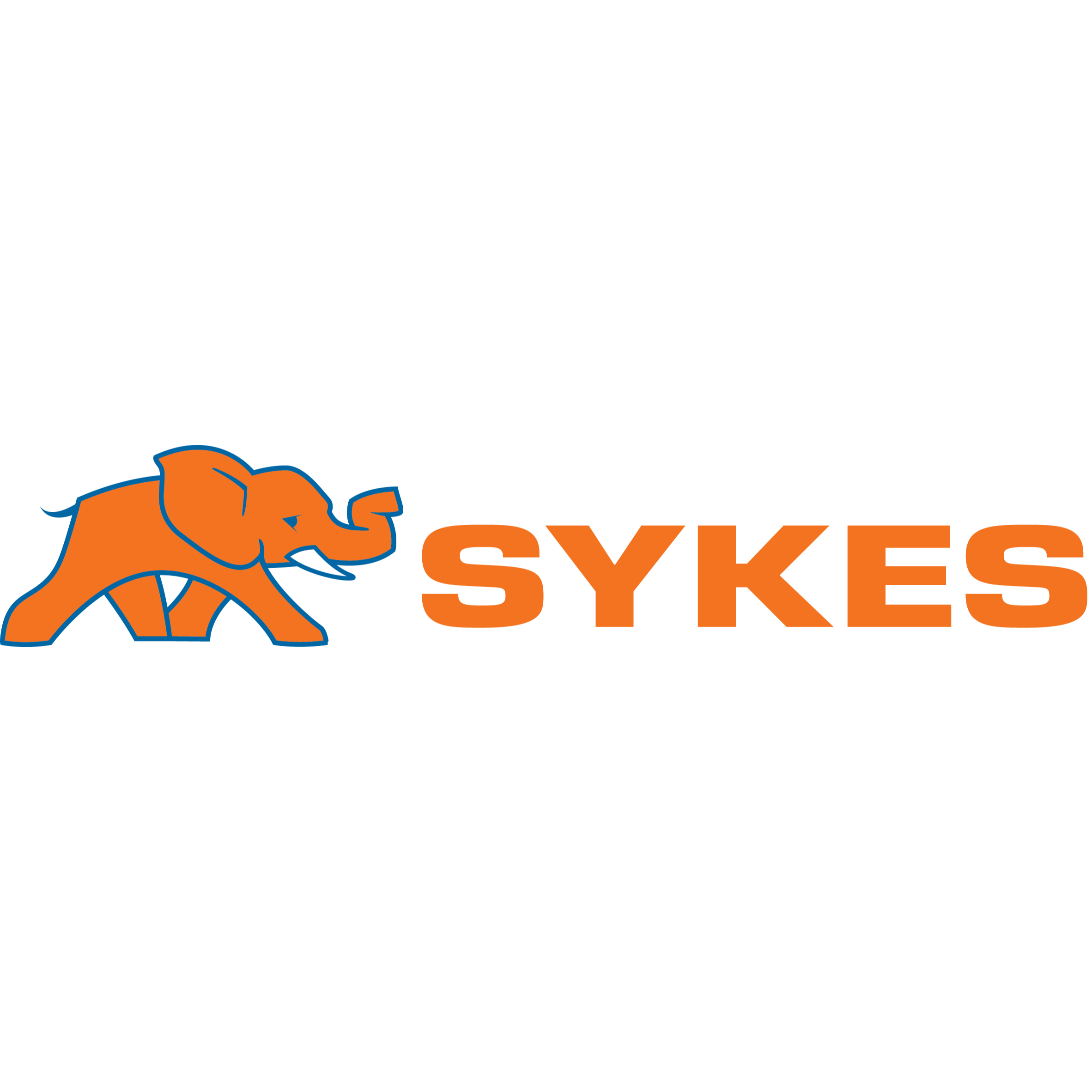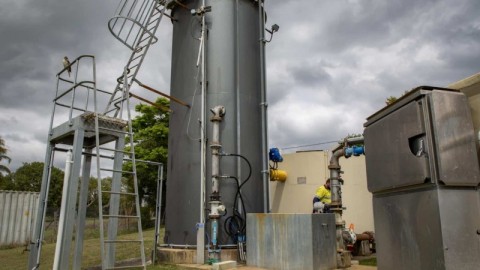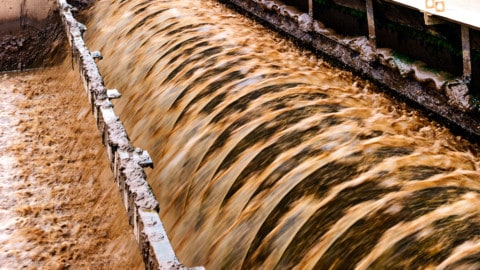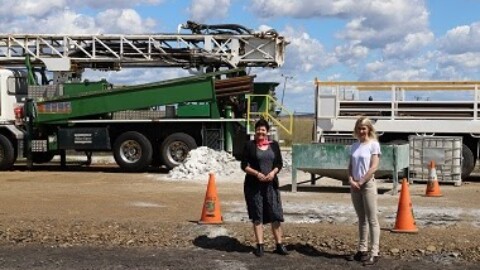Zoos SA and SA Water have partnered up to deliver millions of litres of water to the first eight new waterholes at Monarto Zoo’s Wild Africa Safari Park.
The first six clay lined waterholes have been piped with raw River Murray water from the Murray Bridge to Onkaparinga Pipeline, providing up to ten million litres of water per waterhole for a number of rare African animals roaming the 560-hectare Monarto property to drink, bathe, relax and play.
Director of the Monarto Safari Park, Peter Clark, said the milestone represents an exciting chapter in the park’s expansion to become the largest safari park outside of Africa.
“Located in our upcoming Wild Africa precinct, which is set to house a luxury resort, glamping facilities, and a whole bunch of free-ranging animals and new safari experiences, these waterholes will eventually provide a vital place for animals like Southern White Rhinos, antelope species, zebras, ostriches and giraffe to congregate and cool off,” Mr Clark said.
“As a conservation charity, we’re hugely grateful to SA Water’s great partnership in helping us to build what will be another truly iconic experience in South Australia.”
SA Water’s General Manager Customers, Strategy and Innovation, Anna Jackson, said the utility provided a new raw water connection to the park to ensure it could supply the water required for the exciting new development.
“Monarto approached us around four years ago for our expertise on what would be needed to pipe the park’s eight waterholes with a suitable water supply, and we worked together to develop a cost-effective solution delivering a terrific outcome,” Ms Jackson said.
“Partnering with this iconic South Australian organisation to support both conservation outcomes and economic growth is extremely worthwhile.
“Zoos SA have put in the effort to lay pipework to all of the site’s waterholes, and we anticipate it will take around 35 million litres in total to gradually fill each of the sites.
“We have maintained a great partnership with Zoos SA on a range of projects and initiatives focused on animal conservation and education, and we look forward to building on this even further into the future.”


















